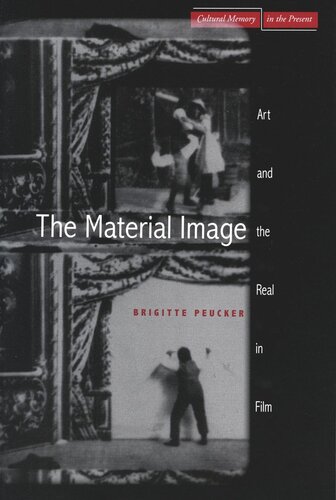

Most ebook files are in PDF format, so you can easily read them using various software such as Foxit Reader or directly on the Google Chrome browser.
Some ebook files are released by publishers in other formats such as .awz, .mobi, .epub, .fb2, etc. You may need to install specific software to read these formats on mobile/PC, such as Calibre.
Please read the tutorial at this link: https://ebookbell.com/faq
We offer FREE conversion to the popular formats you request; however, this may take some time. Therefore, right after payment, please email us, and we will try to provide the service as quickly as possible.
For some exceptional file formats or broken links (if any), please refrain from opening any disputes. Instead, email us first, and we will try to assist within a maximum of 6 hours.
EbookBell Team

5.0
90 reviewsFocusing on intermediality, The Material Image situates film within questions of representation familiar from the other arts: What is meant by figuring the real? How is the real suggested by visual metaphors, and what is its relation to illusion? How is the spectator figured as entering the text, and how does the image enter our world? The film's spectator is integral to these concerns. Cognitive and phenomenological approaches to perception alike claim that spectatorial affect is "real" even when it is film that produces it. Central to the staging of intermediality in film, tableaux moments in film also figure prominently in the book. Films by Scorsese, Greenaway, Wenders, and Kubrick are seen to address painterly, photographic, and digital images in relation to effects of the real. Hitchcock's films are examined with regard to modernist and realist effects in painting. Chapters on Fassbinder and Haneke analyze the significance of tableau for the body in pain, while a final chapter on horror film explores the literalism of psychopathic tableau. Here, too, art and the body—images and the real—are juxtaposed and entwined in a set of relations.